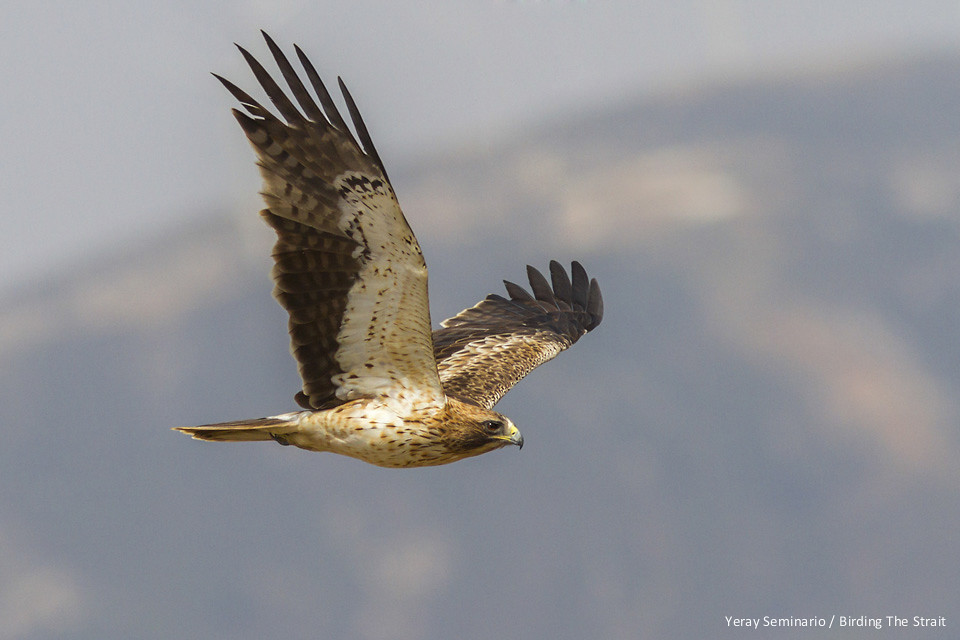
Imagine you are at the end of August in Tarifa, which is the peak season for migrating raptors in the Strait of Gibraltar. Hundreds of thousands of raptors cross the 14 Km that separates Europe from Africa every season. This extraordinary phenomenon provides an excellent opportunity, not only to watch and be amazed by the incredible numbers and concentrations of birds, but also to practice your birds in flight photography.
Strategy for photographing raptors in the Strait of Gibraltar
Black Kite, European Honey Buzzard, Short-toed Eagle are the ones that will provide more opportunities, while we will also have the chance to photograph less abundant birds: Egyptian Vulture, Montagu’s Harrier and Eurasian Sparrowhawk, among others.
Our strategy will depend mainly on the weather conditions, and most particularly the wind. As strange as it may sound, a very strong wind will be our best ally, as it will force the birds to get closer to the ground. This way, seeking refuge from the wind in some of the main observatories spread along The Strait, and with a bit of patience, we will be able to get some good shots.
Another great advantage of the strong winds, is that it will prevent the birds to cross The Strait, sometimes even for several days or more than a week, producing large gatherings of birds that will wait in the area for the wind to drop to continue their journey south.
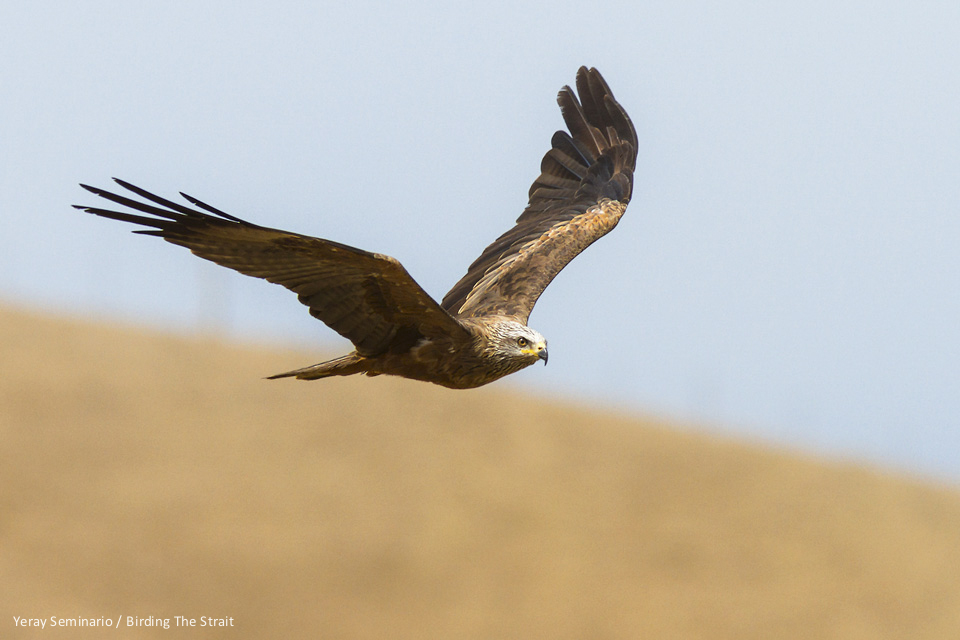

Birds in Flight Photography: let’s get a bit technical
Using a hide
As a general rule we don’t use hides for Birds in Flight Photography. This is more a matter of convenience than anything else, but we believe it needs to be explained. For the most part we shoot from the car, from a bird observatory or any random spot. We would do anything that we can to not stand out and call the attention of the birds, of course! But we like to move around and take pictures from different places, while we count or just enjoy the migration. We see the advantage of taking pictures of migrating raptors from a hide, as they might get closer to your position. Your visibility and time of reaction, however, will be greatly limited.
Camera equipment
Regarding camera equipment, we use Canon and Olympus fixed telephoto lenses: a 300mm stabilized lens and a 400mm. The 300mm is almost constantly attached to its friend: 1.4X teleconverter. This allow us to travel light and shoot hand-held for extended periods of time. We believe this is the best way to photograph birds in flight. The new generation of 500mm and 600mm lenses however, seem to be much lighter than their predecessors, and are a great choice… if you can afford them!
Camera settings
What about settings and parameters? Normally there is plenty of light where we are, so we don’t need to raise our ISO much, staying around 250 to 400. We set the aperture at its maximum or two steps below maximum. This normally gives us shutter speeds of 1/1000th to 1/1250th of a second. This is more than enough to freeze one bird in the air.
Camera Autofocus
This is the trickiest part when it comes to take pictures of birds in flight. This is especially true if you have mountains, trees, or anything else that it’s not a plain background, like a blue sky. We normally shoot in Servo mode. This means that the lens will keep focusing the whole time your finger is slightly pressing the shutter button. Basically we keep focusing on the bird until it’s close enough or it’s in a position we like. Sometimes you just don’t have time and shoot anyway… as taking pictures in digital don’t cost anything. However, we think that it’s better to wait for the right moment.
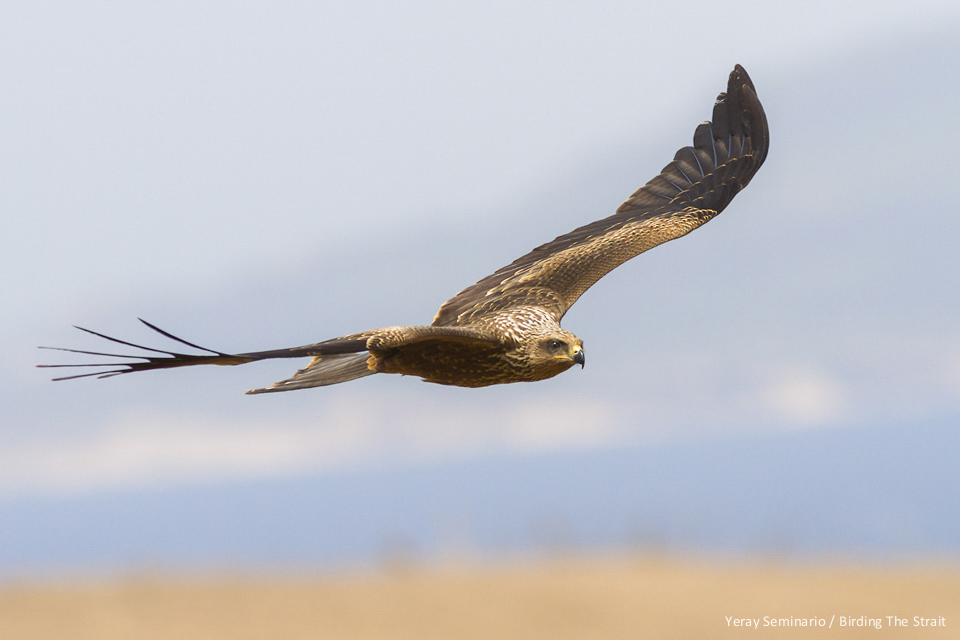
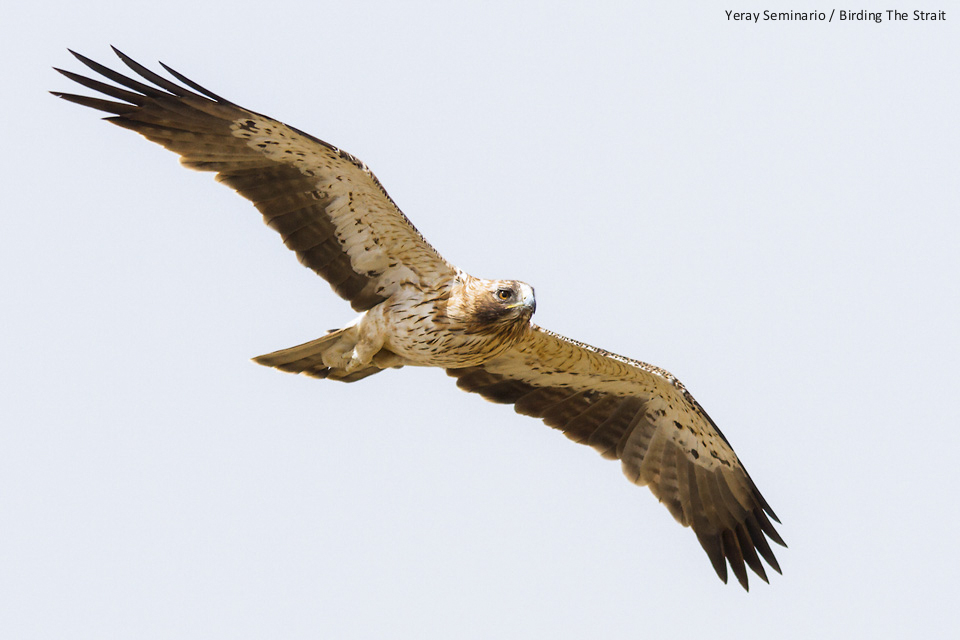
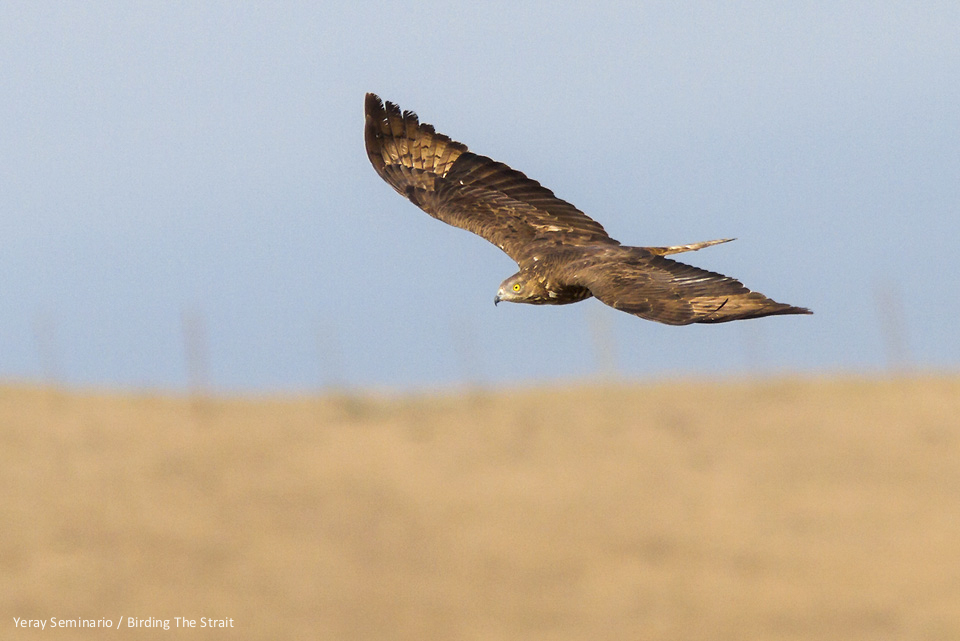
We hope that these Birds in flight photography tips are helpful when photographing migrating raptors. This is the way we do it anyway, there are tons of manuals and websites with good alternative techniques. As we do get lots of questions on this subject, we thought it was worth sharing our approach.
If you want us to take you to the best locations in the Strait of Gibraltar and get more hints on how to take better pictures of birds in flight, let us know!